Books into Games and Apps: The Creative Process and Technology Behind the Transformation
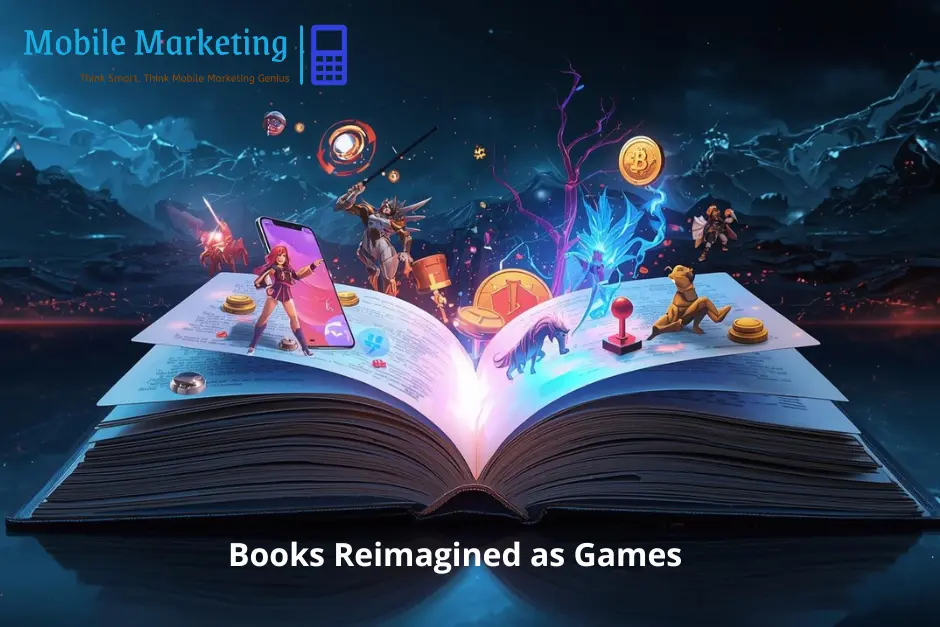
The worlds of literature and technology are colliding like never before. What once began as words printed on paper has now evolved into interactive, immersive experiences that blend storytelling with play. Books into games and apps is more than just a trend — it is a fundamental shift in how we consume stories, engage with characters, and interact with ideas.
Today’s readers are also players. They expect interactivity, branching storylines, and multimedia layers that go far beyond what a printed page can offer. This transformation is not just about entertainment — it is shaping education, corporate training, and even therapy. This article explores how books are being transformed into interactive mobile games and apps, the creative process involved, and the technologies that make it possible.
Table of Contents
The Evolution of Interactive Storytelling
Interactive storytelling is not a new concept. Early “choose-your-own-adventure” books in the 1980s introduced readers to branching narratives where their decisions shaped the ending. With the rise of e-books in the 2000s, multimedia storytelling became mainstream — hyperlinks, videos, and sound were added to enhance reader experience.
Fast-forward to today, where interactive storytelling has matured into a major segment of the digital media economy. Narrative-driven games like Life Is Strange or 80 Days show how readers want agency. The global interactive media market is estimated at over US$50–60 billion in 2025, with forecasts pointing to more than US$120–140 billion by the early 2030s
This demand is being driven by younger audiences who are digital natives and expect content to be engaging, shareable, and interactive.
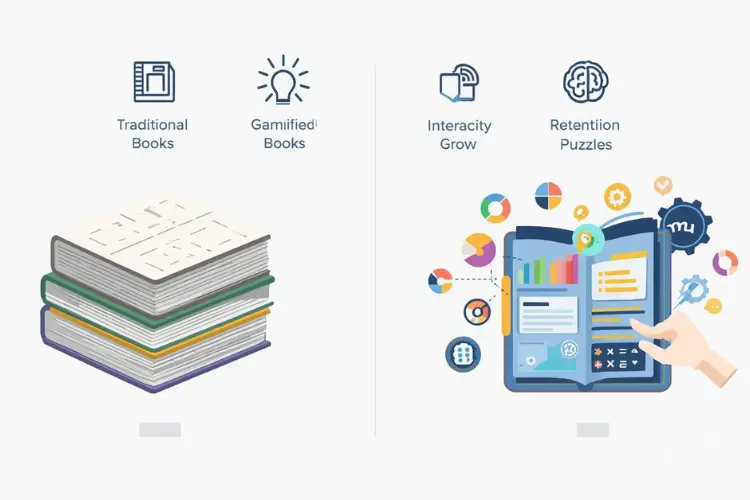
Book-to-App Conversion
Books into Games and Apps: How It Works
Turning a book into an app is both an art and a science. Here’s a simplified roadmap:
- Story Selection – Not every book is suitable for conversion. Stories with strong characters, rich worlds, and decision-making opportunities work best.
- Narrative Adaptation – Writers reimagine the book for interactivity, adding branching storylines, dialogue choices, and alternate endings while preserving the author’s tone.
- Game Mechanics – Points, challenges, and unlockable content keep users engaged. For example, a mystery novel can turn clues into collectible game items.
- Visual & Audio Design – Illustrations, animations, sound effects, and voice acting bring the story to life.
- Development & Coding – Using engines like Unity or Unreal, developers build a smooth, responsive app.
- Testing & QA – Beta testing ensures narrative coherence, bug-free performance, and accessibility compliance.
- Publishing & Distribution – The final product is launched on app stores and marketed to both readers and gamers.
This conversion process ensures that the book-to-app conversion stays true to the original story while maximizing the benefits of digital media.
Book-to-App Conversion Process Table
| Stage | Key Activities | Deliverables | Who Is Involved |
|---|---|---|---|
| Story Selection | Identify adaptable books, secure rights | Adaptation plan | Publisher, Author |
| Narrative Adaptation | Add branching storylines, dialogues, alternate endings | Interactive script | Writer, Narrative Designer |
| Game Mechanics Design | Define points, achievements, choices | Game design document | Game Designer |
| Visual & Audio Design | Create art, sound effects, animations | Style guide, assets | Illustrator, Sound Designer |
| Development & Coding | Build app with Unity/Unreal/Godot | Playable prototype | Developers |
| Testing & QA | Beta test, check accessibility | Bug-free, balanced experience | QA Team |
| Publishing & Launch | Upload to app stores, marketing campaigns | Live app | Marketing, Publisher |
Narrative Game Design: Building Compelling Experiences
At the heart of every successful adaptation lies good narrative game design. The challenge is to retain the emotional depth of the book while giving players meaningful agency.
Designers use structures such as:
- Branch-and-Bottleneck: Choices create short-term differences but converge back to a core story arc.
- Fully Branching: Choices lead to entirely different endings, encouraging replayability.
- Linear with Interactive Layers: Story remains linear but adds quizzes, puzzles, or mini-games to keep readers engaged.
Example: A fantasy book might allow players to choose a character class, impacting how scenes play out. A romance novel could let players decide which relationship path to pursue, leading to different endings.
Mobile Game Development & Technology Stack
The technical side of creating book-based apps is crucial. Mobile game development usually relies on engines such as:
- Unity: Popular for cross-platform 2D/3D narrative apps.
- Unreal Engine: Offers cinematic visuals, ideal for AR/VR adaptations.
- Godot: Open-source and cost-effective for indie projects.
Developers also integrate:
- Analytics tools (to measure player progress and drop-off points).
- Monetization systems (ads, in-app purchases, or subscriptions).
- Cloud saves (allowing readers to switch devices).
- Accessibility features (dyslexia-friendly fonts, captions, multiple languages).
Technology Stack Comparison Table
| Engine/Tool | Strengths | Best For | Cost/License |
|---|---|---|---|
| Unity | Cross-platform, strong community support | 2D/3D story apps | Free/Pro Subscription |
| Unreal Engine | High-end graphics, cinematic feel | AR/VR storytelling | Free (royalty after revenue threshold) |
| Godot | Lightweight, open-source | Indie projects, low-budget | Free |
| Spine / DragonBones | 2D Animation | Character-rich stories | License required |
| Firebase/PlayFab | Analytics, cloud saves | Tracking user data | Pay-as-you-go |
Digital Publishing Innovation: Beyond the Book
This transformation represents a massive opportunity for publishers. Digital publishing innovation is no longer just about e-books — it’s about building interactive ecosystems.
Advantages include:
- Audience Expansion: Reach younger, mobile-first readers.
- Data Insights: Learn which chapters or choices are most popular.
- New Monetization Models: Subscriptions, premium endings, merchandise tie-ins.
Many publishers use gamified book apps as part of cross-media campaigns — releasing books, games, and even TV adaptations simultaneously for maximum impact.
Challenges and Pitfalls in Conversion
Despite the opportunities, turning books into apps has its challenges:
- Cost: Development can range from $20,000 to over $250,000 for complex projects.
- Time: Narrative adaptation, coding, and testing may take 6–12 months.
- Fidelity: Over-gamifying risks losing the original voice of the author.
- Accessibility: Not all readers have devices or internet access.
Solutions:
- Use phased rollouts (start with one chapter as a pilot).
- Involve authors throughout the process.
- Include offline modes to reach low-connectivity regions.
Case Studies and Best Practices
Case Study 1 – Lifeline:
A text-based mobile game where players guide a stranded astronaut through a series of life-or-death choices. The game was a hit because it kept the storytelling authentic while adding urgency through real-time notifications.
Case Study 2 – Scholastic’s Book Apps:
Children’s books turned into apps with read-aloud functions, vocabulary mini-games, and parental dashboards to track progress — blending learning with fun.
Best Practices:
- Test early: Use small focus groups to check player engagement.
- Balance: Avoid adding too many “gamey” elements that distract from story.
- Optimize UI: Make navigation intuitive and keep loading times short.
- Plan marketing: Launch alongside a physical reprint to cross-promote.

Advantages for Authors, Publishers, and Readers
| Stakeholder | Advantages |
|---|---|
| Authors | New audiences, royalty streams, creative control over adaptation |
| Publishers | Audience expansion, cross-media campaigns, data insights |
| Readers | Immersive engagement, replayable choices, personalization |
Conclusion
Books are no longer limited to pages — they can now live on screens, respond to touch, and adapt to player choices. The books into games and apps movement is unlocking new ways to experience literature, giving stories longer life and wider reach.
For authors, this means new audiences and revenue streams. For publishers, it means staying competitive in a digital-first market. And for readers, it means deeper, more immersive connections with the stories they love.
Now is the perfect time for authors, publishers, and tech innovators to explore this creative frontier and transform reading into playing. The future of books is not just to be read — it is to be experienced.
More Insights on Digital Marketing Strategies:



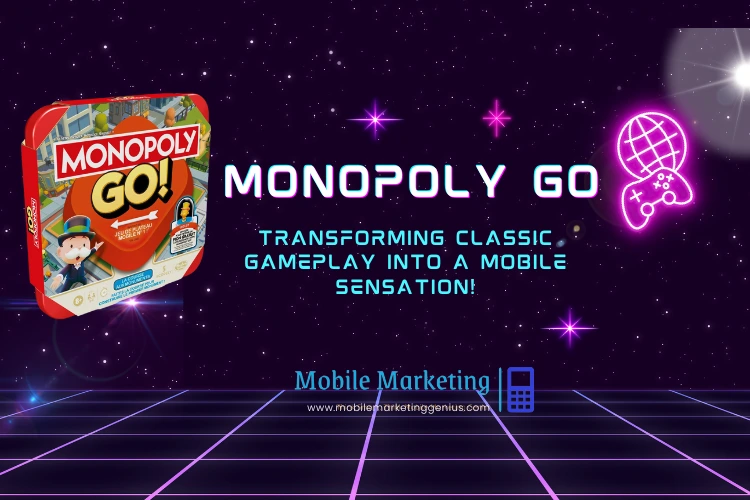
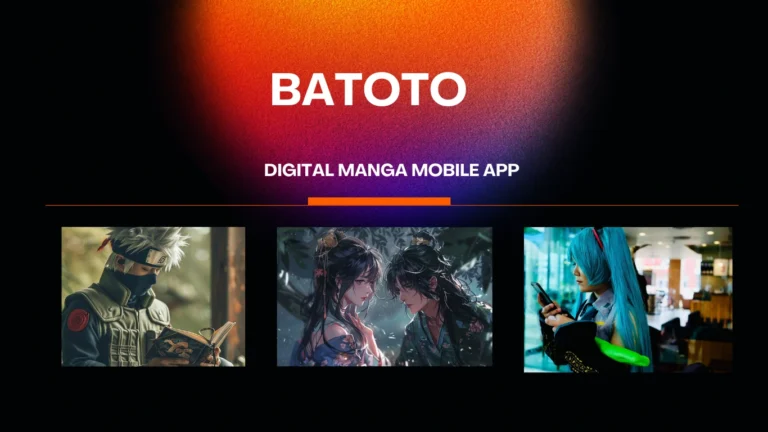
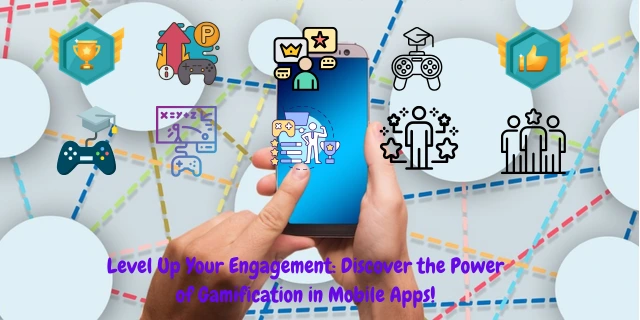
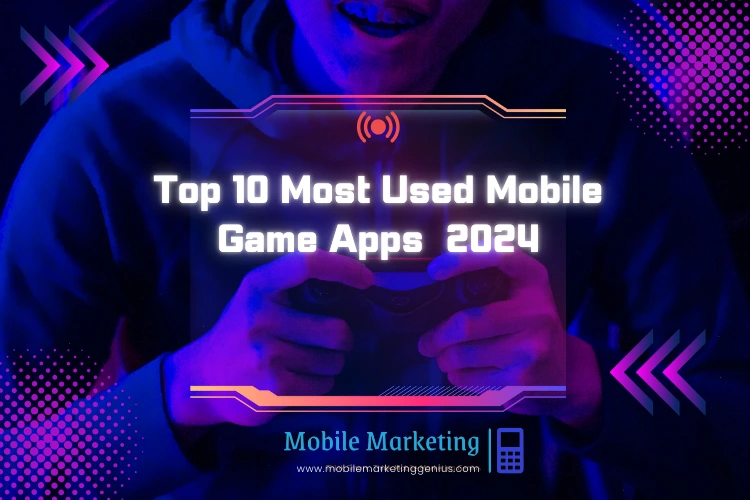
2 Comments
Comments are closed.